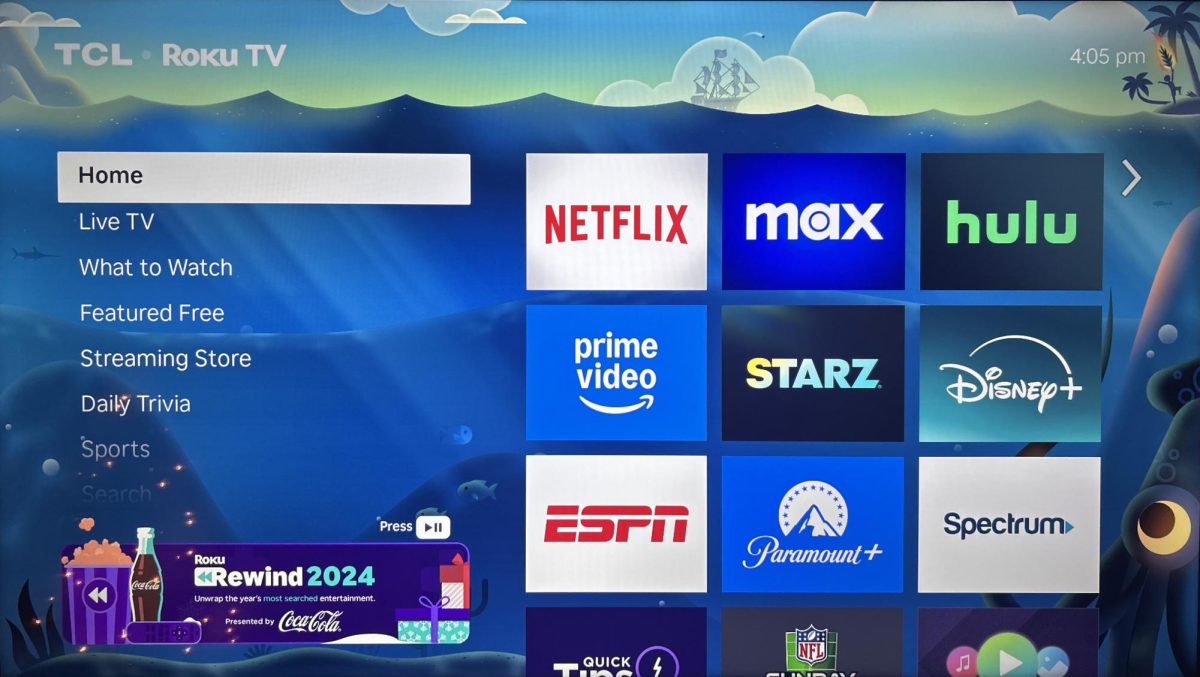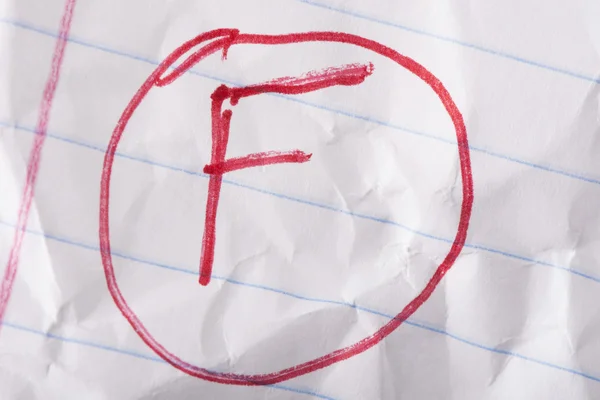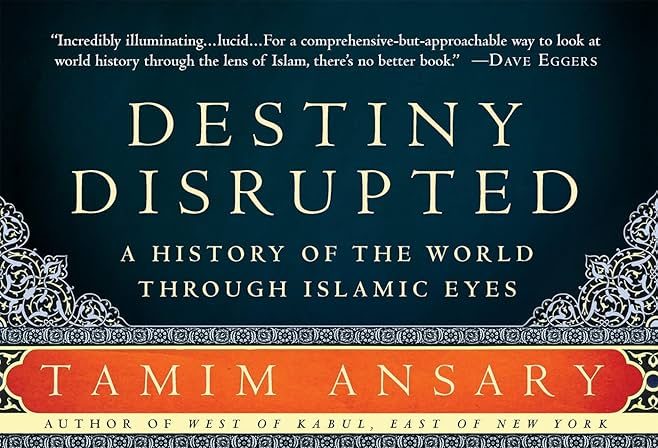It’s been over a decade since audiences were first introduced to the marvelous world of “Ooo.”
Although the main series of “Adventure Time” ended in 2018, thanks to streaming services such as Max, many spin-offs have been created that continue the story.
Created by Pendleton Ward, the shows follow the adventures and lives of Finn the human, Jake the dog and all the fantastical citizens of their post-apocalyptic, magical world.
The reason this goofy kids’ show has remained relevant is because the theme of maturing parallels the audience’s experience if they grew up watching the show.
Unlike in most animated series, the characters changed and matured as the show went on. This is done in both apparent and subtle ways.
Jemery Shada, the voice actor for Finn, started the role when he was only 12 and continued this role even when he went through puberty. In other shows like “The Amazing World of Gumball” there are multiple voice actor changes to ensure the audience doesn’t think the character is changing.
There are also references to time passing in the actual show. At the beginning of the show, there wasn’t any hard timeline or lore.
In my opinion, the true story of “Adventure Time” starts in Season 3, where the audience is allowed to peel back layers of the show’s main antagonist to further imply the sinister and solemn backdrop of this magic world.
“Adventure Time” is a coming-of-age story that found its emotional footing while its core audience stopped watching just for the random humor but the interpersonal relationships and development characters go through.
The eccentric cast of characters is constantly humanized by their struggles to navigate love lives and their pasts. I, for one, fell in love with the deep lore and history of the land of “Ooo” and it was the first show to inspire me to take a deep dive into being a giant nerd. How characters deal with trauma is addressed more as the show goes on, while maintaining childhood-like zaniness and fun.
The best example of this – and the best episode of the show is “Hall of Egress.” For fans of the show who watched it from the beginning, they got to see the full effect of the main characters’ growth through the series and compare it to their own lives. At the beginning of the episode, Finn sees references to his past and opens up about his mistakes.
The episode is a metaphor for the end of Finn’s childhood as he enters the adult world. This aired in 2016, meaning the kids who grew up watching Finn reflect on his childhood issues may have been going through something similar.
When the show ended, the characters seemed fully evolved which is rare for a long-running American cartoon show. “The Simpsons,” “Family Guy” and “South Park” require characters to be set up like sitcoms, where no one learns or changes.
The newest spin-off, “Fionna and Cake,” continues this trend of growing up with the audience. While Adventure Time aired on Cartoon Network and was rated PG, the new show is on Max and rated TV-14, due to blood and offensive language. Changing the content of the show to be geared toward young adults was the best thing they could have done to keep maturing with the core audience.
Throughout all of its changes, “Adventure Time” manages to feel like the same show. The unique dialogue and iconic art style constantly bring me back to watching the show on Saturday mornings on my childhood sofa.
It’s silly. It’s sweet. It shaped a generation’s sense of humor and gave them something to relate to as they grew up.
Nadia Hill can be reached at [email protected]











